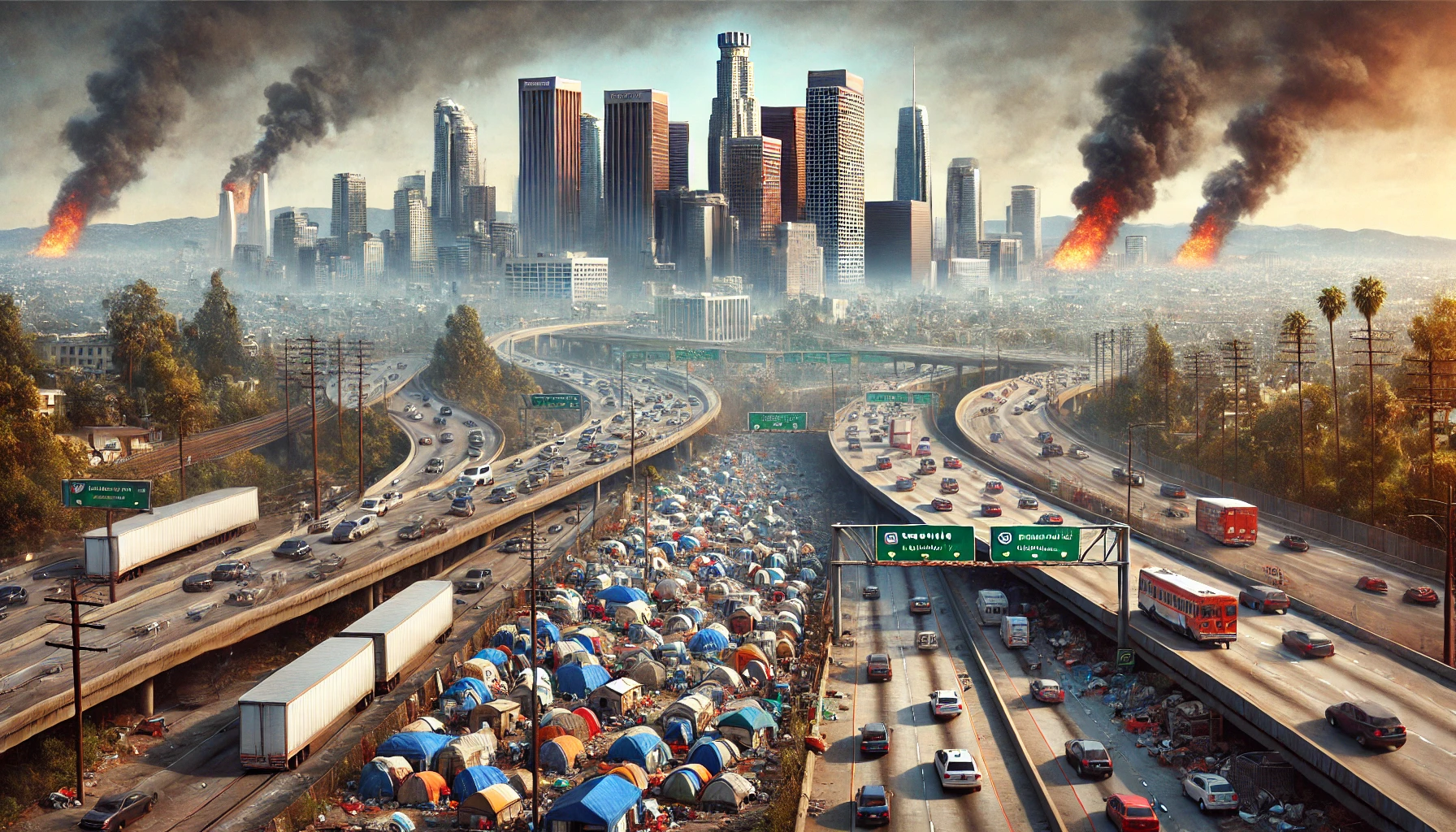
When Cities Fail Their People: Housing, Displacement, and the Quiet Collapse of Urban California
“The rent went up again. This time, I just never came back.” — Renée L., former resident of Oakland

Introduction: Broken Windows in a Digital Economy
On the corner of 8th and Folsom in San Francisco, a startup co-working space stands beside an abandoned 1920s grocery storefront. One is backed by millions in venture capital. The other is covered in eviction notices and spray paint.
They both tell the same story: urban prosperity without urban security.
California’s cities are no longer sites of promise. They are fractured ecosystems, built on speculation, extractive investment, and municipal paralysis.
The problem is not only that housing is expensive. It’s that housing has become a mechanism of economic expulsion.
I. A Geography of Eviction
In 2025, over 17% of all renters in California spend more than half their income on housing. In cities like San Jose, it’s worse. The median rent for a one-bedroom apartment exceeds $2,800. In Venice Beach, unhoused families sleep less than 500 meters from short-term rentals priced at $600 a night.
The paradox is brutal: more housing units exist than ever before, yet more people are unhoused.
This is not accidental. It is the result of:
- Zoning policies that preserve low-density privilege
- Tech-fueled speculation in urban real estate
- The collapse of rent control legislation under industry lobbying
- The criminalization of poverty through “anti-vagrancy” ordinances
California didn’t fail to build housing. It failed to treat housing as shelter instead of commodity.
II. Gentrification as Displacement Protocol
What does gentrification look like in 2025? It’s no longer just brunch cafés and bike lanes. It’s:
- Algorithmic rent hikes based on neighborhood turnover
- Landlords using eviction tech platforms to track tenants’ credit risk
- Municipal tax incentives for developers to build “market rate” luxury towers on former public land
In East Los Angeles, over 4,000 Latinx families have been displaced in three years. In Oakland, entire Black neighborhoods have dissolved into Airbnb zones.
Gentrification is not cultural change. It is urban cleansing via financial mechanism.
III. The Failure of Municipal Governance
City councils pass resolutions. Task forces form. Pilot programs launch. Yet, unhoused populations rise. Rents soar. Public housing waits stretch into decades.
Why?
Because the structure of governance has been hollowed out:
- Mayors depend on developer donations.
- Public land is sold under “affordable housing” pretexts, then rezoned.
- Voter initiatives are overturned through litigation funded by real estate PACs.
In 2025, cities are no longer democratic units. They are platforms for capital circulation, where residents without ownership become liabilities.
IV. The Rise of Parallel Cities
But there is another map of California’s cities — one not found on official zoning charts.
- In Highland Park, tenants unionize entire apartment blocks.
- In Santa Cruz, students and unhoused residents create hybrid housing cooperatives.
- In Richmond, mutual aid groups take over foreclosed properties and turn them into care centers.
- In Fresno, rural workers form shadow infrastructure zones to replace municipal failure.
These are not anomalies. They are proto-civic structures, attempting to do what governments will not.
Conclusion: The City Has Left the People Behind
California’s cities are often praised as progressive, innovative, world-leading. But step past the conference centers and sustainability posters, and you’ll find something else:
- Evicted families sleeping on train platforms.
- Teachers living in RVs.
- Cities with billion-dollar budgets and no public toilets.
The city has not failed in abstract. It has chosen a different constituency — not the citizen, but the investor.
And unless that changes, urban collapse will not be sudden. It will continue, block by block, lease by lease, until the very concept of a city is lost to speculation.
Explore how housing policy, urban politics, and inequality fuel the Californian crisis in California on Fire — a 100-page expert investigation into the breakdown of governance, space, and democracy.


